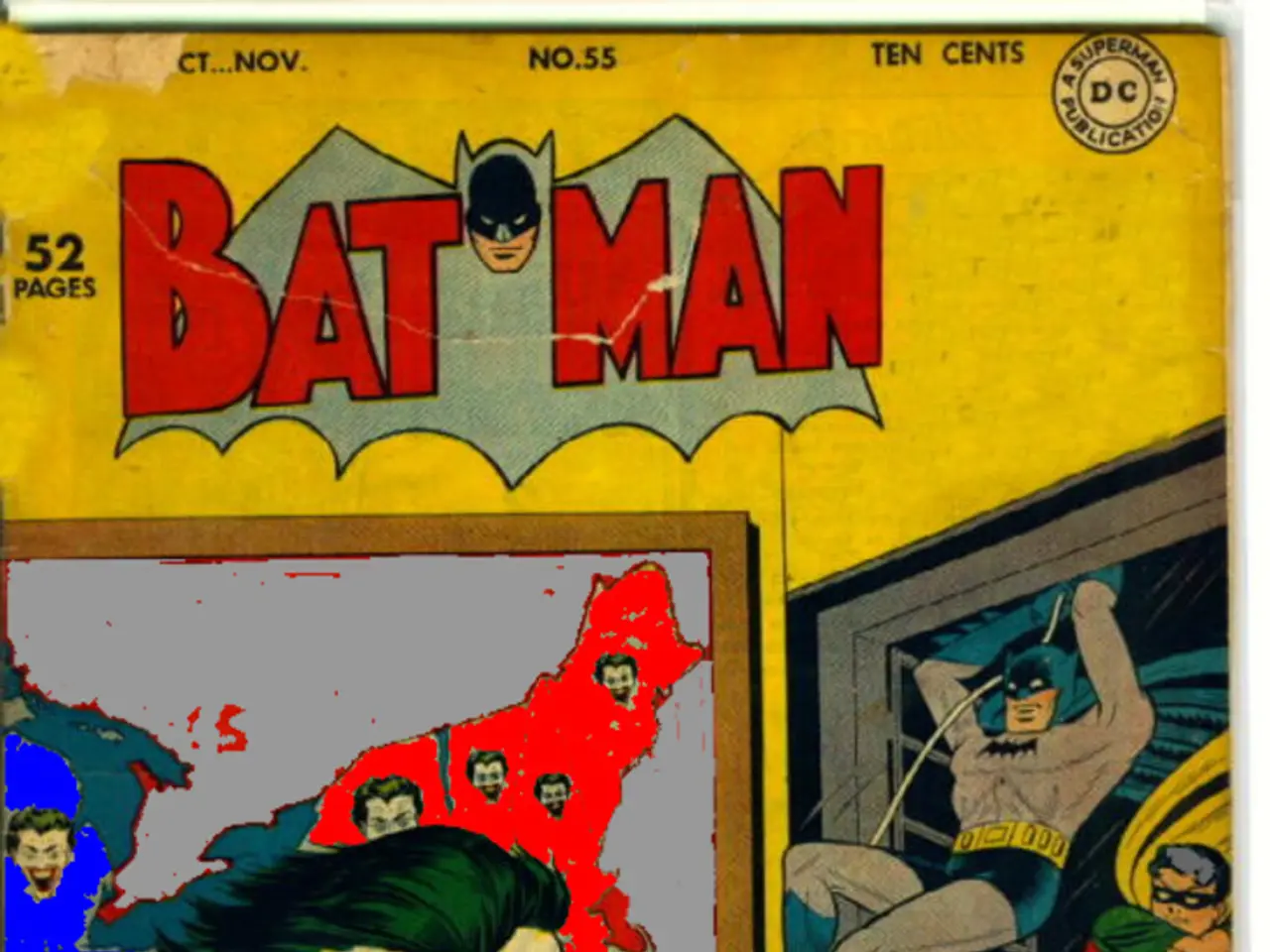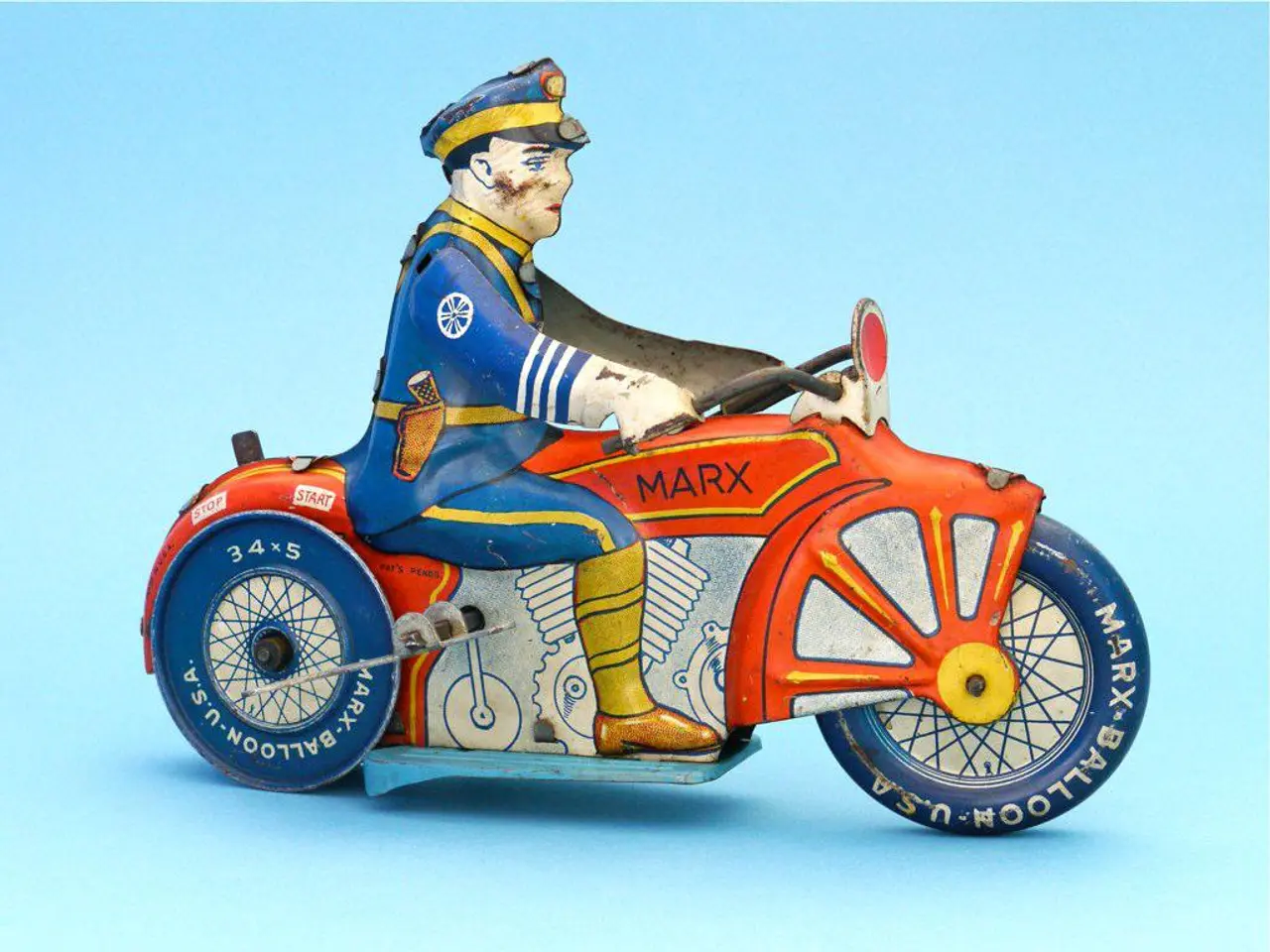Guide on Empowering Artists and Innovators in the Virtual World (Metaverse)
In the ever-evolving digital landscape, the metaverse has emerged as a new frontier for content creators and artists. This virtual world offers unique opportunities for artists to monetize their creations, build a presence, and engage with a global audience.
One of the key strategies employed by creators in the metaverse is the use of Non-Fungible Tokens (NFTs). These digital assets allow creators to monetize their works, such as digital art, music, exclusive experiences, and even virtual real estate, by turning them into unique, tradable items. NFTs create digital scarcity, making items rare and valuable, which can increase their sale value.
Another approach is the creation of virtual experiences and events. Play-to-Earn (P2E) games, for instance, enable players to earn tokens by participating, which can be used within the metaverse or traded. Artists can also host virtual concerts, performances, or workshops, offering unique experiences that can be monetized through ticket sales or tips.
Brands are also getting in on the action, selling digital merchandise like clothing and accessories that can be used in virtual environments. Creators can sell virtual items like skins, animations, and other digital assets through blockchain-based marketplaces, ensuring ownership and securing transactions.
Artists are also leveraging AI tools to generate unique digital artworks, which can then be sold as NFTs. Platforms like MakeUGC enable creators to produce AI-generated videos showcasing metaverse projects or VR experiences, which can be used for marketing or educational purposes.
Immersive experiences with WebXR are another draw for users, as tools like VIVERSE allow creators to develop 3D experiences, interactive games, or art projects that can be published and shared across multiple platforms.
Brand sponsorships and advertising provide another revenue stream for creators. They can partner with brands to create sponsored content, such as virtual product placements or brand ambassadors.
Supporting content creators and artists financially is a direct way to help them create more works. Users can donate, subscribe to Patreon accounts, or purchase from store pages. Leaving positive comments, likes, and reviews on social media or in the metaverse shows appreciation for their work. Sharing content creators' and artists' works on social media helps boost visibility and increase potential revenue for them.
Attending virtual events hosted by content creators and artists gives users a chance to meet creators and helps spread the word about their works. Purchasing digital goods or works from content creators and artists provides them with additional income and helps spread the word about their work. Many content creators and artists have physical merchandise for sale, providing them with additional income and helping promote their work in the real world.
Spreading the word about content creators and artists can help them gain more visibility and support. Feature creators and artists in one's own work to spread the word about their work and help them gain more exposure. The Metaverse is a virtual world populated by users from around the globe, becoming a diverse space for content creators, artists, and professionals.
- As the Metaverse becomes a global platform for digital content, artists can capitalize on technology by selling AI-generated artworks as NFTs and hosting virtual concerts or workshops, leveraging entertainment to monetize their creations.
- Brands can participate in the metaverse lifestyle by selling digital merchandise and partnering with creators for sponsored content, while brand sponsorships and advertising provide additional revenue streams for both brands and creators.




